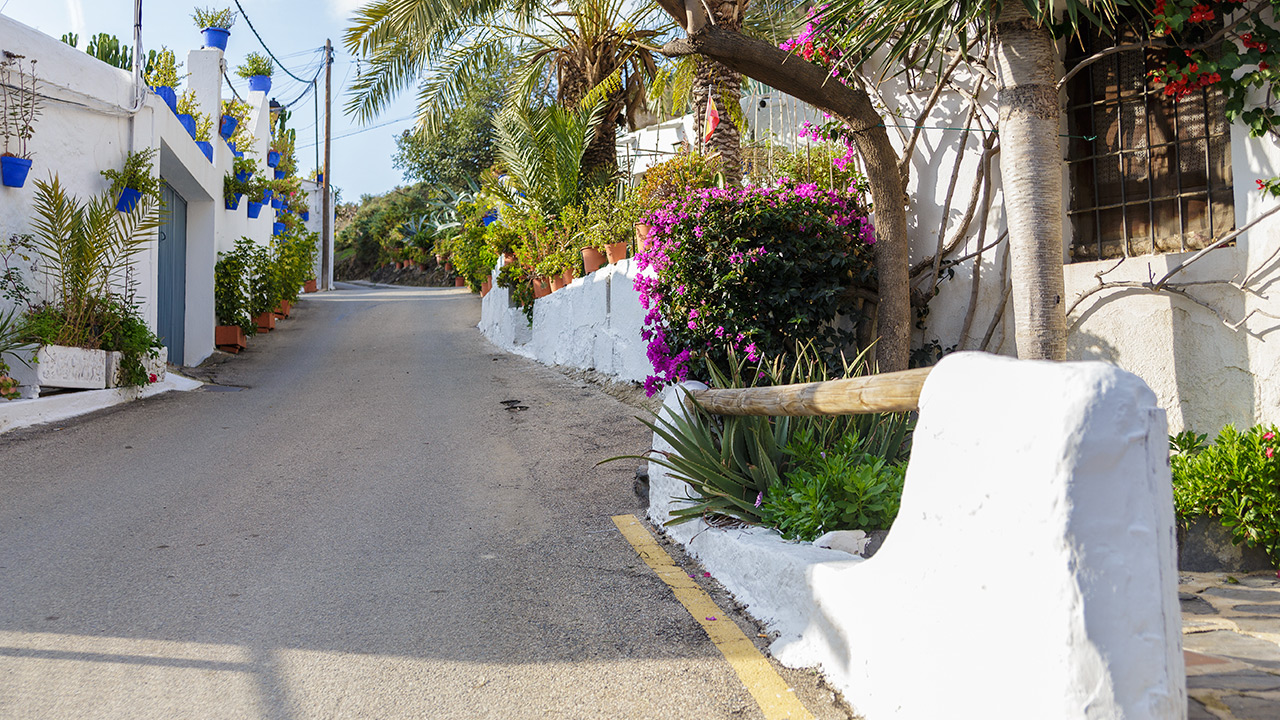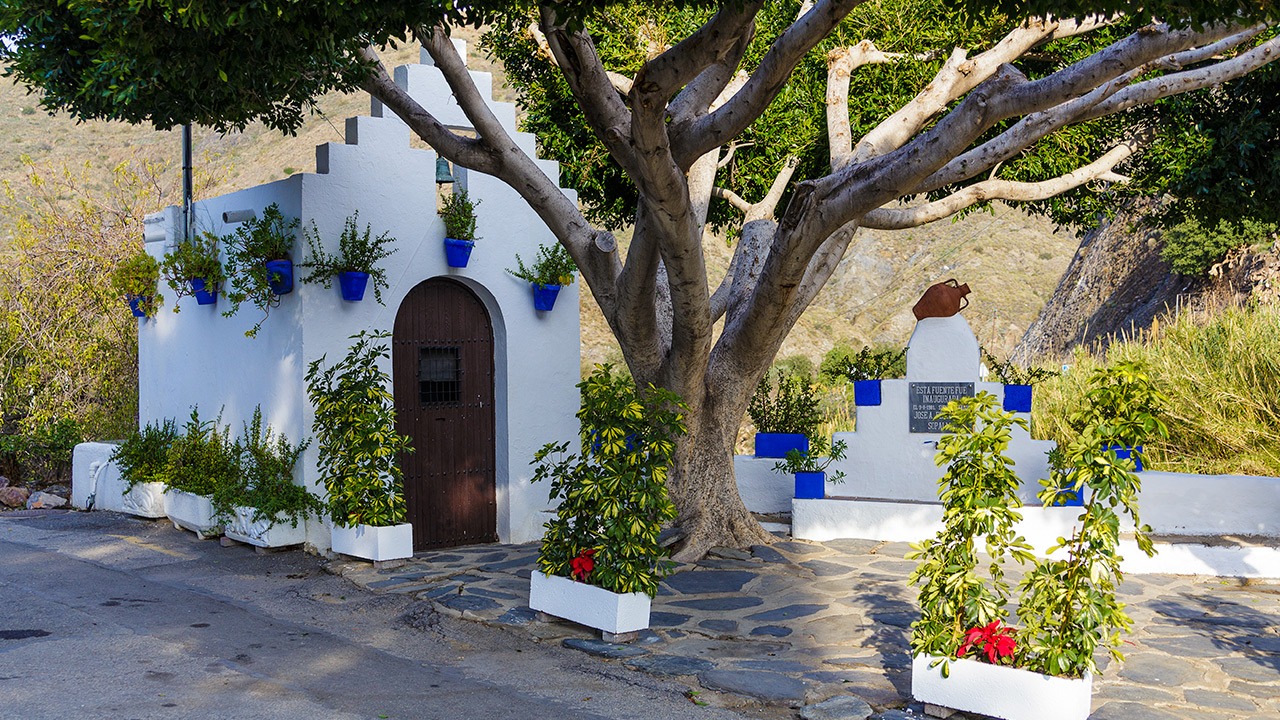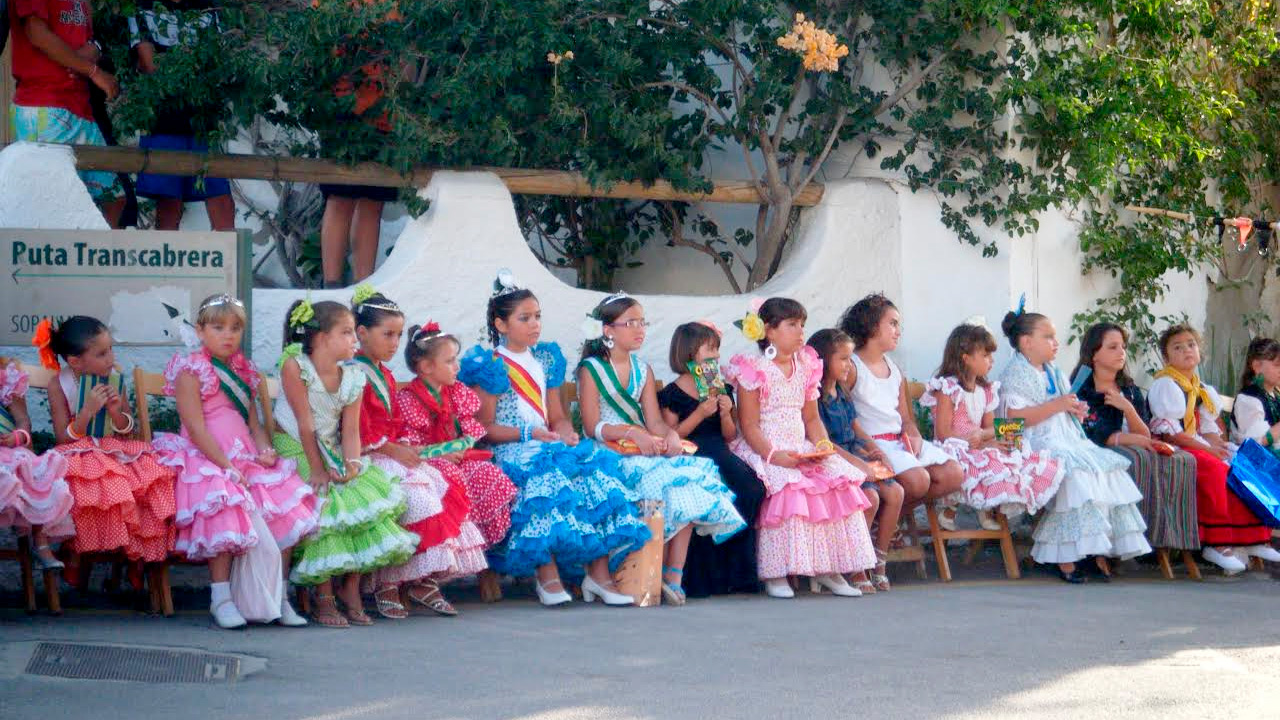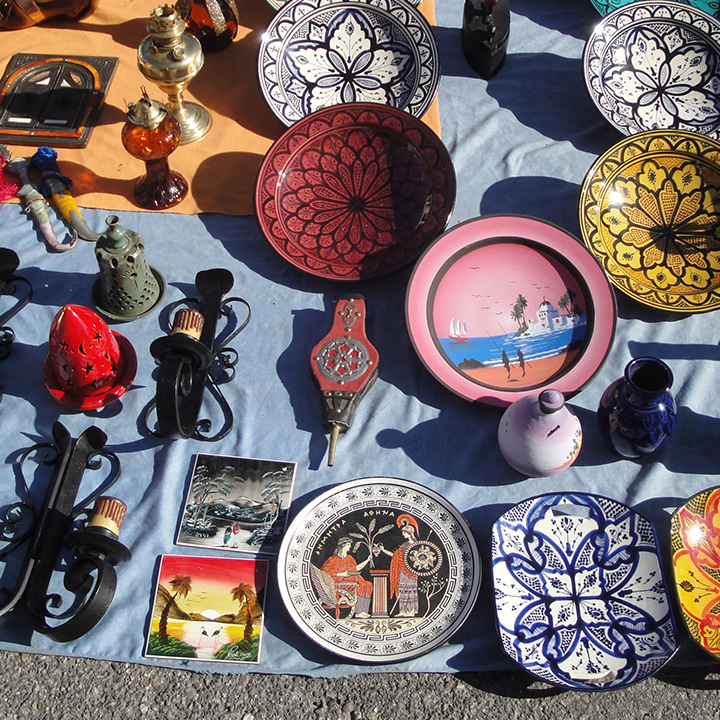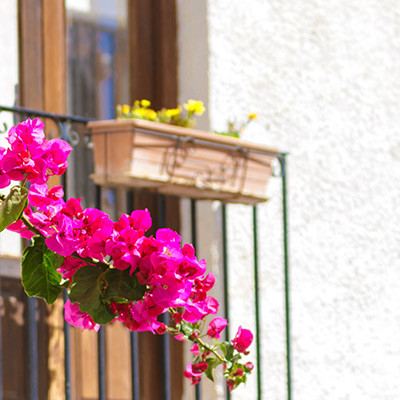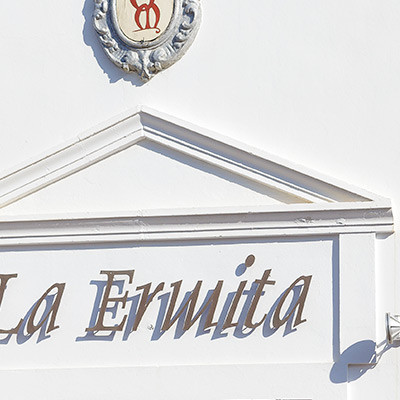El Sopalmo
The best kept secret of the coast. Sopalmo, which literally means natural shelter or cave, is one of the district of Mojácar which has safeguarded the heritage of the area and kept alive the local traditions, furthermore putting the much coveted “green feel” on the local map. There is a small hermitage, built in the 20th century, and beside a fountain where water flows from a natural spring. Sopalmo has been a place which has attracted artists and painters. Its light and its landscapes have inspired many artworks.
Located on the route to Carboneras, this was an agricultural area and stopover for shepherds, miners and even clerics (road to the Carboneras hermitage, which belonged to the Church of Mojácar.) “Sopalmo” means “rocky shelter” or “cave.”
During the 19th century this district grew when the mines of Mena de Macenas began to be exploited. They obtained iron that was exported to Marseille and transported in carts to Garrucha to be melted and loaded onto ships. The majority of the workers in these mines were farmers from farmsteads in the area: Sopalmo, El Agua Enmedio, El Moro, etc.
Later, around the year 1880, one of the most important companies of the time (the Compañía del Águila) began to exploit three iron mines in Sierra Cabrera, between Sopalmo and La Adelfa. The closest mine to Sopalmo was “la Constancia”. Carts arrived at this mine to remove the mineral. It was subsequently transported along the Sopalmo water course to Macenas beach, from where it was loaded onto ships using barges. Almost one million tonnes of ore came out of these mines during the 10 years of exploitation.
In the 20th century Sopalmo became a beautiful, quiet place of residence for those seeking contact with nature and proximity to Mojácar’s virgin beaches.
Christ the King, patron saint of Sopalmo, is celebrated in August. The most notable activities of these festivities are the open-air dances, the coronation of the Queen and her Ladies and the traditional ribbon race.

